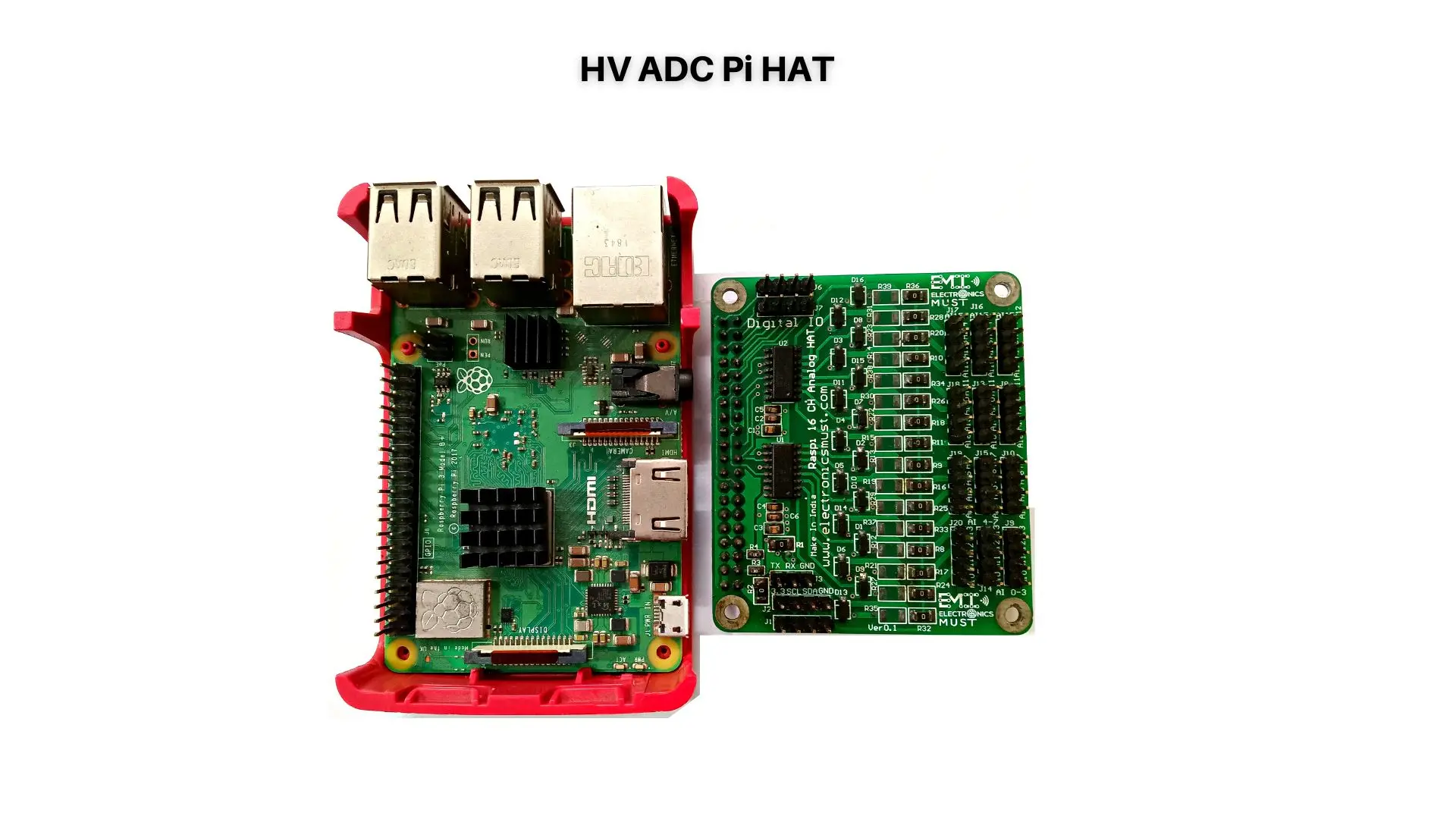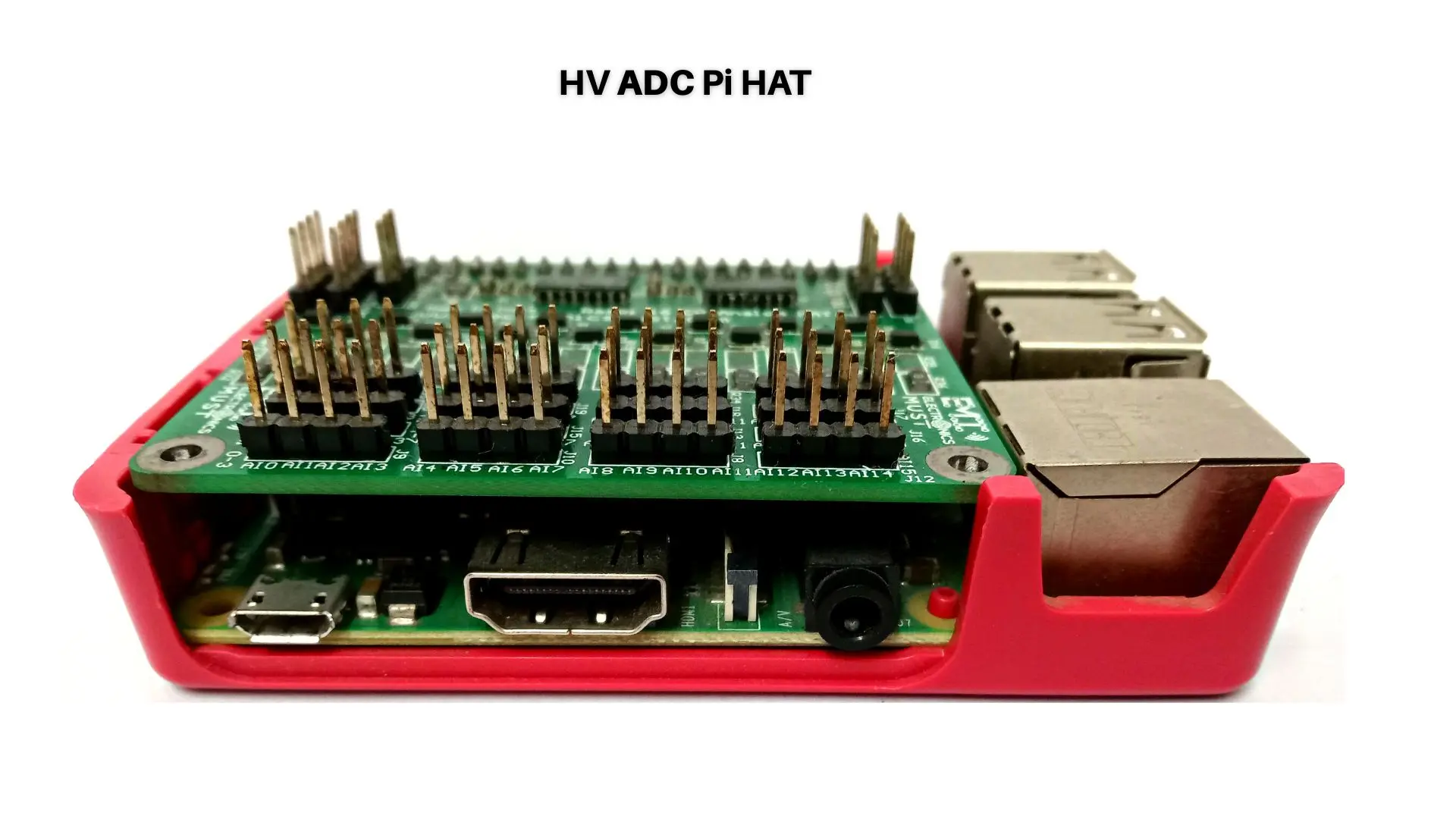Now that we have a basic understanding of embedded systems, let’s look at some tips and tricks for optimizing their performance.
1.Choose the Right Processor
Choosing the right processor is critical to optimizing embedded system performance. Processors come in a variety of sizes and architectures, and selecting the right one for your application can make a significant difference in performance. Consider factors such as clock speed, number of cores, and power consumption when selecting a processor.
2.Optimize Memory Usage
Memory usage is another critical factor in optimizing embedded system performance. Efficient use of memory can reduce power consumption and improve overall system performance. Avoid using dynamic memory allocation, as it can be slow and can cause memory fragmentation. Instead, use static memory allocation and pre-allocate memory to reduce overhead.
3.Optimize Code
Optimizing code is another important factor in improving embedded system performance. Code optimization involves reducing the size of the code and improving its efficiency. This can be achieved through techniques such as loop unrolling, function inlining, and reducing unnecessary branching.
4.Minimize I/O Operations
I/O operations, such as reading from and writing to external devices, can be a bottleneck in embedded system performance. Minimizing I/O operations can reduce the time spent waiting for I/O operations to complete, leading to improved system performance. Techniques such as buffering, caching, and batching can be used to minimize I/O operations.
5.Reduce Interrupt Overhead
Interrupts can have a significant impact on embedded system performance, as they can interrupt the main program flow and cause delays. Minimizing interrupt overhead can improve system performance. This can be achieved through techniques such as prioritizing interrupts, reducing interrupt frequency, and optimizing interrupt handling code.
6.Use Hardware Acceleration
Hardware acceleration can significantly improve embedded system performance. Many processors come with built-in hardware accelerators, such as DMA controllers and cryptographic accelerators, that can offload processing tasks from the CPU. Using hardware acceleration can reduce CPU load, leading to improved system performance.
7.Optimize Power Consumption
Optimizing power consumption is critical to embedded system performance, particularly in battery-powered devices. Techniques such as power gating, clock gating, and dynamic voltage scaling can be used to reduce power consumption and improve battery life. Additionally, selecting low-power components and optimizing system architecture can also improve power consumption.
8.Use Real-Time Operating Systems (RTOS)
Real-time operating systems (RTOS) can be a useful tool for optimizing embedded system performance. RTOS provides scheduling and resource management capabilities that can help ensure timely and efficient execution of tasks. However, it’s important to choose an RTOS that is appropriate for your system’s requirements and to properly configure it for optimal performance.
9.Optimize the Input/Output
Input/output (I/O) operations can be a bottleneck in embedded systems, especially if the system has limited I/O resources. Here are some tips for optimizing I/O:
- Use interrupt-driven I/O to minimize CPU usage
- Use DMA (direct memory access) for high-speed data transfers
- Use buffering to minimize the number of I/O operations
- Use polled I/O for simple operations with low data rates
Conclusion
Optimizing embedded system performance is critical to ensuring that these devices operate efficiently and effectively. Choosing the right processor, optimizing memory usage, code, and I/O operations, minimizing interrupt overhead, using hardware acceleration, and optimizing power consumption are all important factors in improving embedded system performance. By implementing these tips and tricks, developers can create embedded systems that operate at peak performance.






